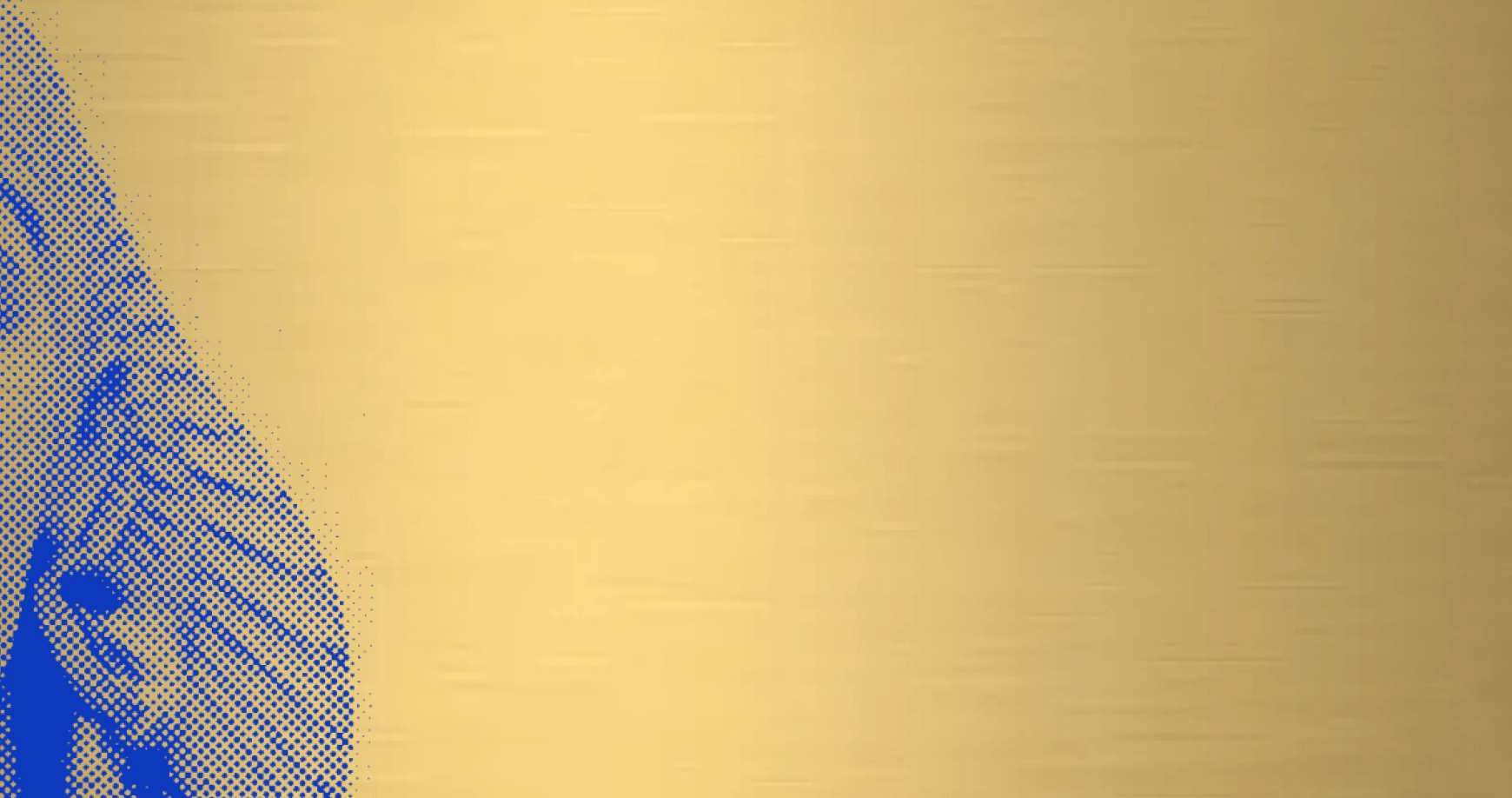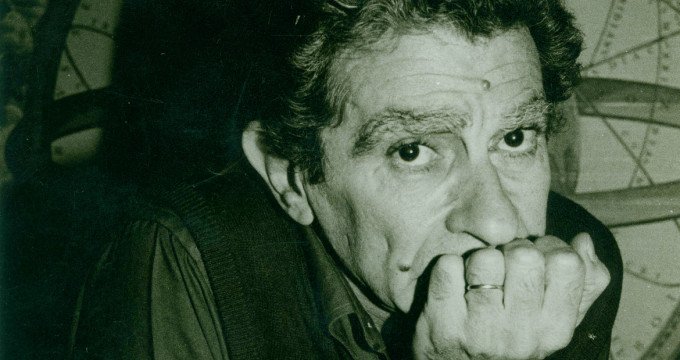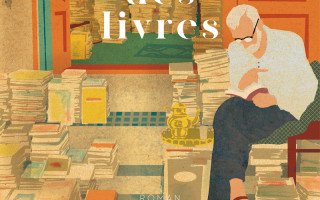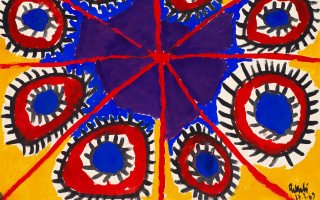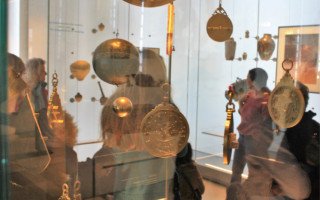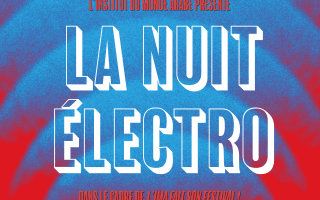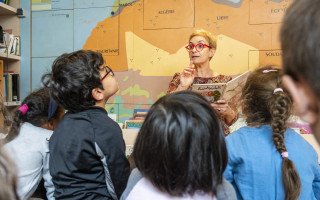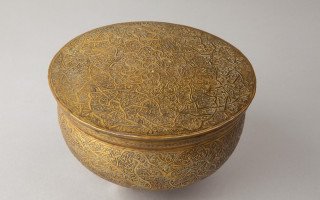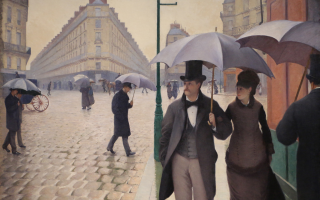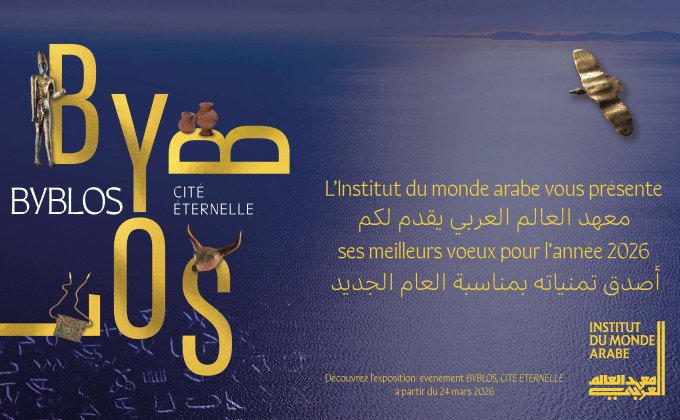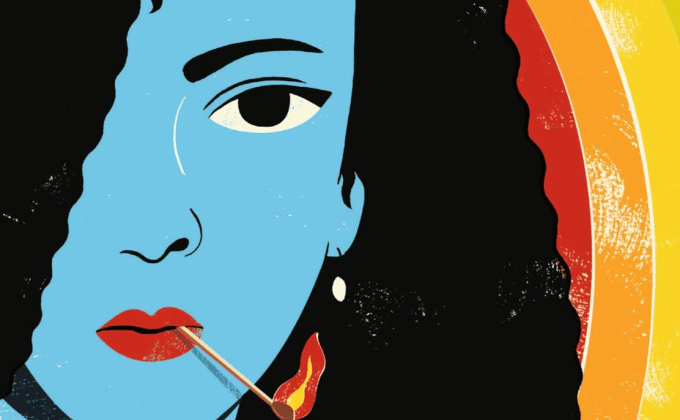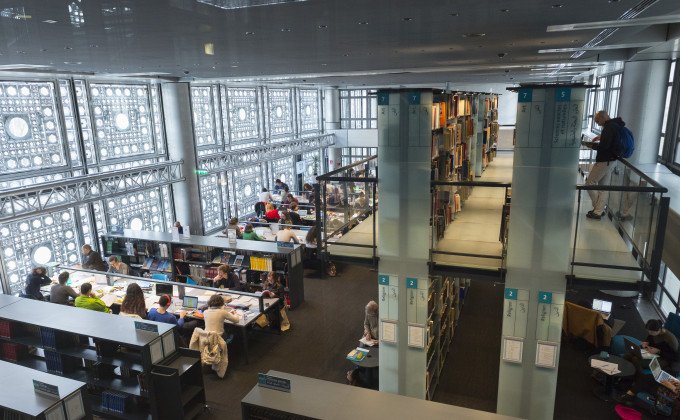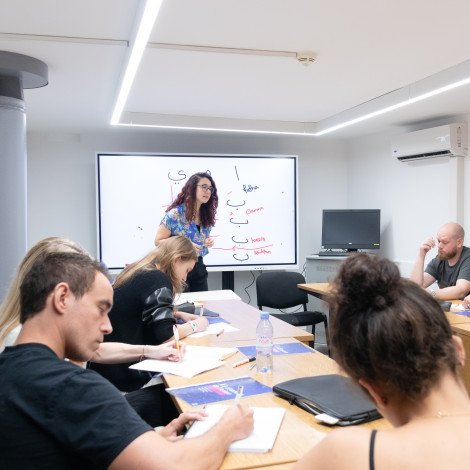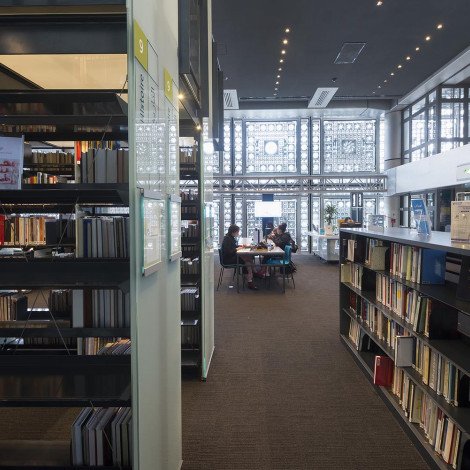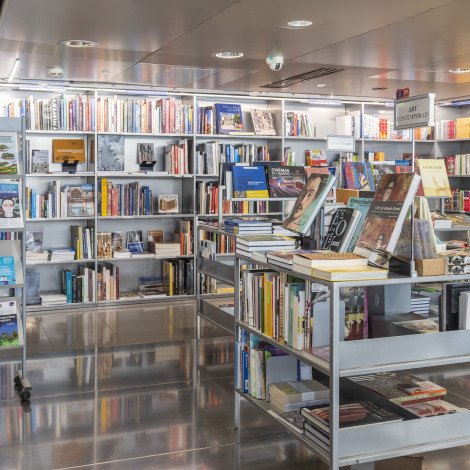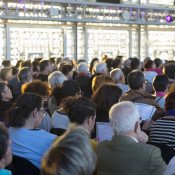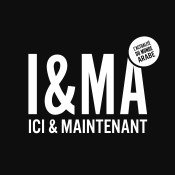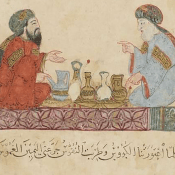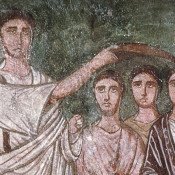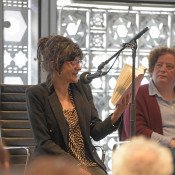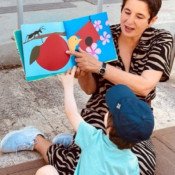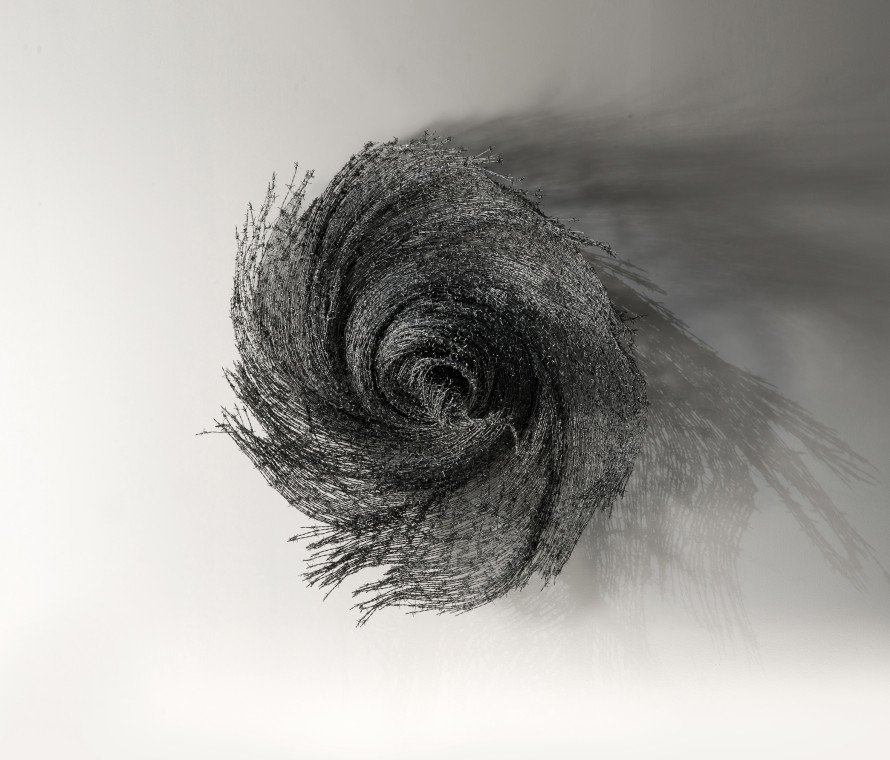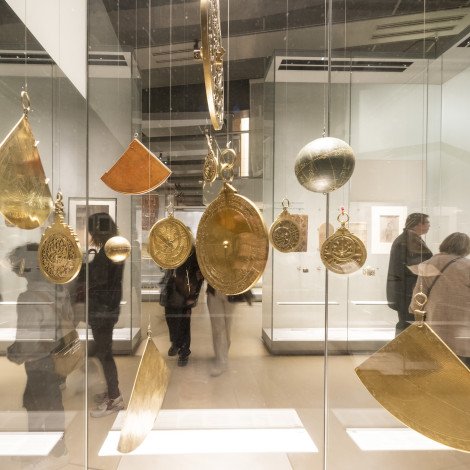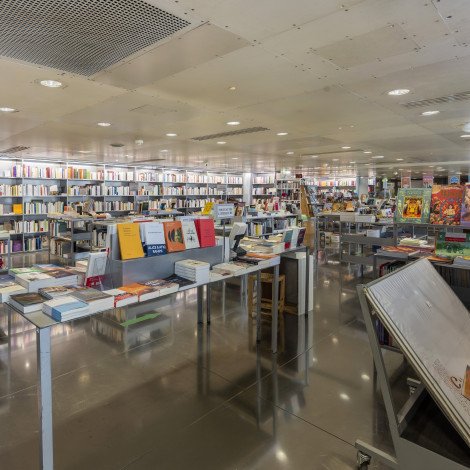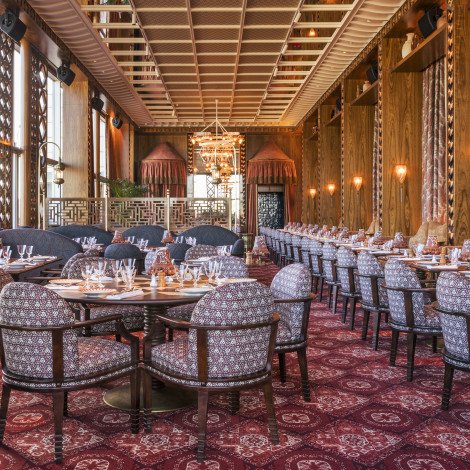Programmation
Le festival d'humour de l'Institut du monde arabe
Du 28 janvier au 1er Février 2026
IMA Comedy Club 2026
Pour sa 7e édition, le festival met en lumière les scènes humoristiques arabophones et francophones à travers une programmation foisonnante mêlant galas, seul·e·s en scène et découvertes inédites.
En savoir plus



Magazine
Le monde arabe pour tous
L’IMA met à la disposition du public des ressources et services adaptés à tous pour faciliter et encourager l’étude, la connaissance et la compréhension du monde arabe, de sa langue, de sa civilisation.
L'IMA vous donne rendez-vous
En boutique
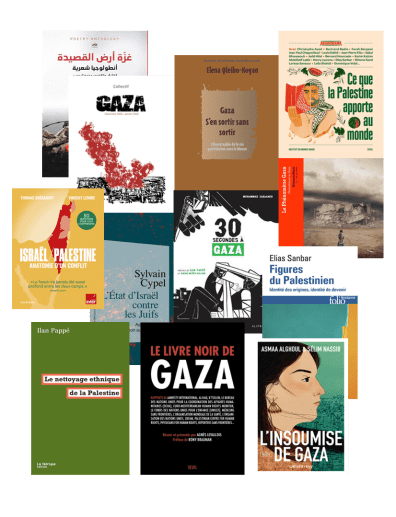
Sélection spéciale Gaza
Pour Gaza
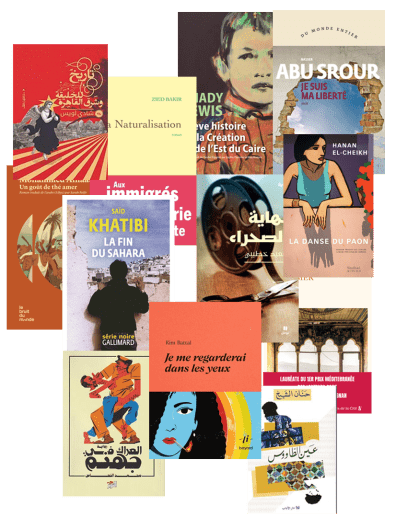
Découvrez/achetez les livres des finalistes 2025
Prix de la littérature arabe 2025
Venir à l'IMA
Institut du monde arabe
1 Rue des Fossés Saint-Bernard, 75005 Paris
- Métro : Ligne 7, Jussieu ou Ligne 10, Cardinal Lemoine
- Bus : Lignes 24, 63, 67, 86, 87, 89
- Vélib' : Stations n° 5020, n°5019, n°502
- Parking : 1, rue des Fossés saint Bernard, 75005 Paris

